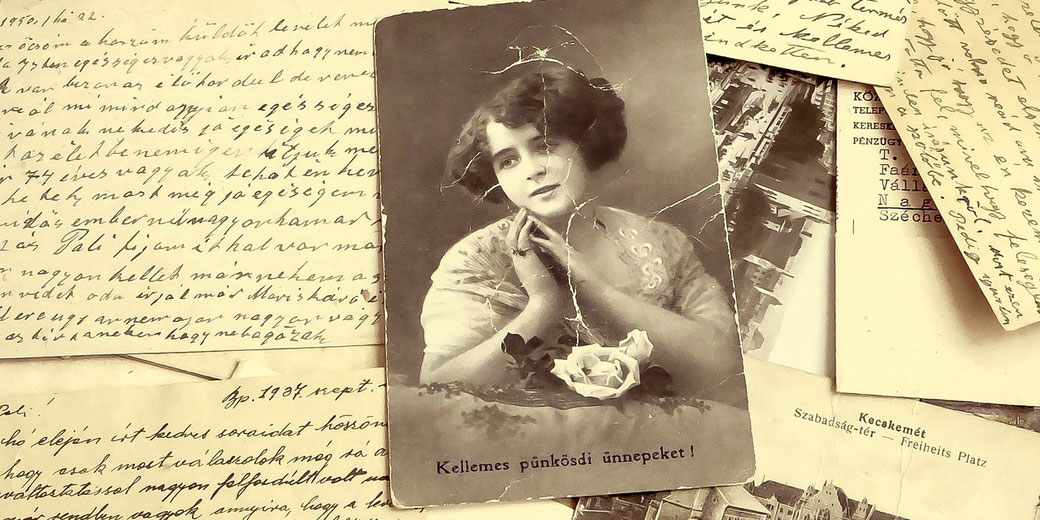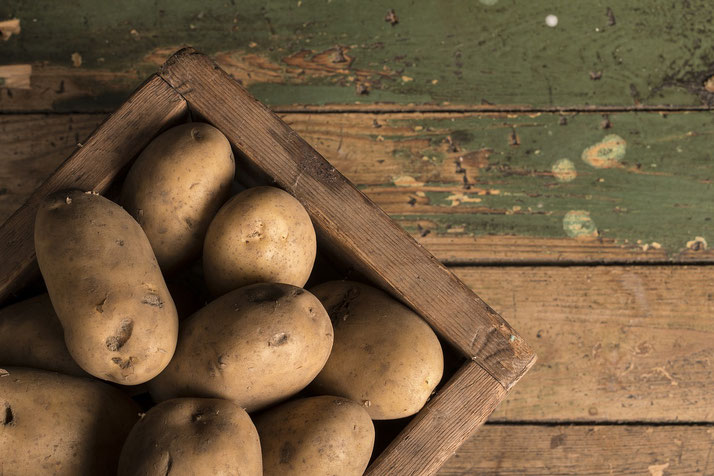What was life like on the Australian Home Front during WWI?

The Australian home front during World War One was a time of great patriotism and sacrifice. Many believed that Australians should unite to support the war effort, despite being distant from the battlefields.
Nonetheless, those on the home front encountered numerous challenges. As more resources were allocated overseas for the war effort, fewer goods remained available for civilians at home.
As the harsh reality of war became more apparent, and the number of young men being killed increased, the enthusiasm for Australia's involvement in the conflict declined.
This led to political conflicts in Australia for many years.
Initial reactions
The outbreak of war in August 1914 initially resulted in a huge wave of enthusiastic support for the war effort from the Australian people.
This stood in sharp contrast to the sentiments of the British populace, who were predominantly opposed to the idea of war.
Conversely, the Australians viewed it as a chance to demonstrate their allegiance to the British Empire and to prove their worthiness of belonging.
Initially, there was a surge in enlistments for the war effort, with young men queuing in droves at recruitment offices.
In 1914, these offices only accepted individuals who were physically fit, had no medical conditions, and were of white European descent.
As a result, recruitment offices in cities such as Melbourne, Sydney, and Brisbane became bustling centers as young men lined up to enlist.
Men who chose not to enlist often faced harsh treatment from others. There was a prevailing belief that if you were not fighting for your country, you were not 'doing your part'.
This sentiment gave rise to the term 'slacker' to label men who avoided enlistment or did not partake in the war effort by other means.
Young men were often sent a white feather in the mail as a way of indicating their cowardice, and to encourage them to enlist.
Rationing and shortages
The onset of war led to the rationing and scarcity of daily necessities.
This occurred as the government prioritized sending food and supplies abroad to support the war effort over making them available domestically.
Consequently, Australians were compelled to make do on reduced quantities of food, clothing, and other basic items.
Rationing imposed a limit on the weekly food allowance for each individual, frequently resulting in scarcity.
Similarly, clothing became scarce as textile factories shifted their focus to manufacturing military uniforms and supplies.
Consequently, this caused a shortage in commodities like shoes, hats, and coats, a situation that worsened as the war dragged on.

Impact of Gallipoli
The first major challenge faced by Australians on the home front was grappling with the substantial casualties sustained early in the war.
On April 25, 1915, the ANZACs experienced heavy casualties after they landed at Gallipoli.
In total, they suffered 26,111 casualties, including over 8,000 deaths.
The next year, in July 1916, the Battle of Fromelles resulted in even more casualties, with over 5,500 Australian casualties in a single night.
This made it one of the most disastrous days in Australian military history.
The losses shocked the Australian public, leading them to question their support for the war effort.
Death notices became a frequent sight in newspapers, and it grew increasingly common for families to have a member serving in the conflict.
The impact of the war could be seen on every street corner, as people mourned their loved ones and struggled to come to terms with the enormity of the conflict.
Yet, Gallipoli was seen as 'a test' for Australia, to prove that the young nation was just as brave and as capable as the older empires of Europe.
It was believed that if Australia demonstrated their courage and abilities by succeeding at Gallipoli, the rest of the world would regard them as equals.
After the Gallipoli campaign failed, some continued to support the war, feeling it was Australia's obligation to back the British Empire.
Meanwhile, others started to doubt the war's worth, questioning if the human life cost was justifiable.
Recruitment drives
As the war continued, the Australian government attempted to boost the number of soldiers fighting overseas.
The government launched various campaigns to persuade men to enlist, utilizing propaganda posters and songs. Significant events such as Empire Day, Allies Day, and ANZAC Day were designed to demonstrate widespread support for the war effort.
However, these initiatives were not always successful, as numerous men were reluctant to leave their families and homes.
Norman Lindsay became a key figure in the recruitment effort. He made a range of propaganda posters on behalf of the Australian government featuring images of strong and brave young men, who were willing to fight for their country.
They appealed to the sense of duty that many Australians felt and promised adventure and glory on the battlefields.
The rise of conscription
Just a few months after the war began, in October 1914, the Australian government adopted additional powers during the war with the introduction of the War Precautions Act.
The Act empowered the government to enact new laws as necessary for the war effort, including the ability to censor media, regulate industries, and detain people suspected of being threats to the war effort.
Typically, a variety of approvals would be required for the government to establish laws impacting the Australian people.
However, this Act permitted the bypassing of most such approvals when deemed necessary.
In 1916, Australia made an attempt to implement conscription to increase the enlistment rates in the army.
Conscription involves compulsory enlistment for military service.
However, this proposal faced significant resistance from many Australians who viewed it as a violation of their rights, leading to widespread protests against conscription.
At the time, Australian Prime Minister Billy Hughes sought to impose conscription on the population and chose to hold a referendum for this purpose.
A referendum is a process where the entire population of a country is given the opportunity to vote on a significant issue.
Hughes was certain that the Australian public would support conscription; however, he was mistaken.
The first referendum in October 1916 failed, and Hughes was expelled from the Labor Party due to his pro-conscription stance.
He subsequently formed a new government under the Nationalist Party.
Many people opposed the war and conscription, holding the belief that it was not their battle to fight. They thought that Australia should stay out of the conflict.
Additionally, there was a widespread sentiment that the government had deceived them regarding the war's actual magnitude, leading to resentment over being compelled to participate in a conflict they did not support.
Both groups created propaganda posters to encourage Australians to vote for their side of the debate.
A second referendum on conscription was held in December 1917 also failed, but this time by a larger margin.
As a result of these referendums, Australia never introduced compulsory military service during World War One.
The role of women
During World War One, the role of women in Australia underwent a significant transformation from their pre-war status.
Initially, Australian women were primarily confined to domestic duties and family care.
As the war progressed and more men enlisted, women started assuming broader responsibilities within society.
By 1918, women made up nearly 37% of the workforce in some sectors.
Many women worked in factories making munitions and other supplies for the war effort, while others worked in hospitals and charities.
Women played a crucial role in maintaining high morale on the home front. They organized activities and events, including concerts, dances, and fetes, to raise funds for the war effort and boost spirits.
Organizations such as the Australian Women's National League actively supported the war effort by encouraging young men to enlist.
They also advocated for conscription and took part in the referendum process.
The impact of WWI on Australia
Australia’s contributions to the war effort included sending over 416,000 troops overseas, with most serving in the Middle East and on the Western Front as part of the British-led Allied forces.
As a result, the impact of the war on Australian society was far-reaching and can be seen in many aspects of life.
The loss of so many young men had a devastating impact on families and communities, while the attempted introduction of conscription caused widespread anger towards the government.
War touched all of society in Australia and as a nation was changed forever.
What do you need help with?
Download ready-to-use digital learning resources
Copyright © History Skills 2014-2025.
Contact via email
With the exception of links to external sites, some historical sources and extracts from specific publications, all content on this website is copyrighted by History Skills. This content may not be copied, republished or redistributed without written permission from the website creator. Please use the Contact page to obtain relevant permission.





